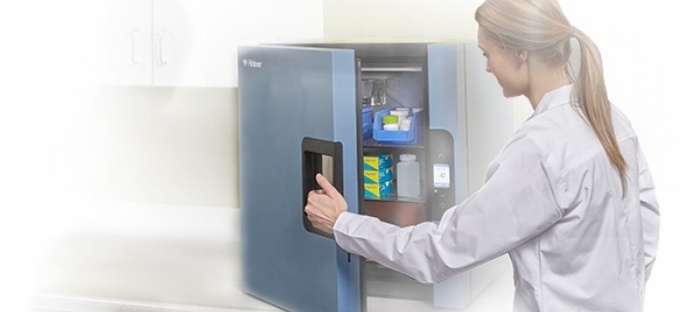
New regulations and guidelines are making it increasingly difficult to choose the right refrigerator for specific clinical applications. As providers move away from small, dorm-style refrigerators to medical-grade refrigerators, there is likely confusion when it comes to a refrigerators impact on vaccines, medications, reagents, or samples. These temperature sensitive items must be stored at precise temperature to ensure effectiveness.
There are endless consequences to administering product or testing a sample that was stored under inappropriate conditions. Vaccines and medications stored at out of range temperatures may fail to be effective, while samples stored at out range temperatures may produce false results leading to misdiagnosis. Ineffective cold storage conditions can be costly to both the patient and the organization.
The CDC does not allow the use of “dormitory” or “bar style” units for this reason. These types of units pose a significant threat to freezing items which may result in a loss of potency and/or wasted product. However, there are small compact units on the market which are specially designed for medical applications.
Although there are many brands of small cold storage products marketed as “medical-grade,” not all of these units provide the same level of reliability and temperature uniformity required for the safe storage of vaccines, medications, reagents, and samples.
Temperature uniformity indicates the ability of the refrigerator to maintain precise temperature control across all locations within the cabinet. Refrigerators with poor temperature uniformity tend to have hot and cold spots throughout the chamber making some locations unsafe for the storage of temperature sensitive products or samples. Medical-grade refrigerators used for pharmacy or laboratory applications typically require uniformity of +/-1.5 ˚C.
When storing these items in a small refrigerator it is crucial that all space within the cabinet is usable and safe. A recent evaluation of two compact units marketed for clinical applications demonstrated significant differences when it came to performance. Download the full evaluation to learn more.




